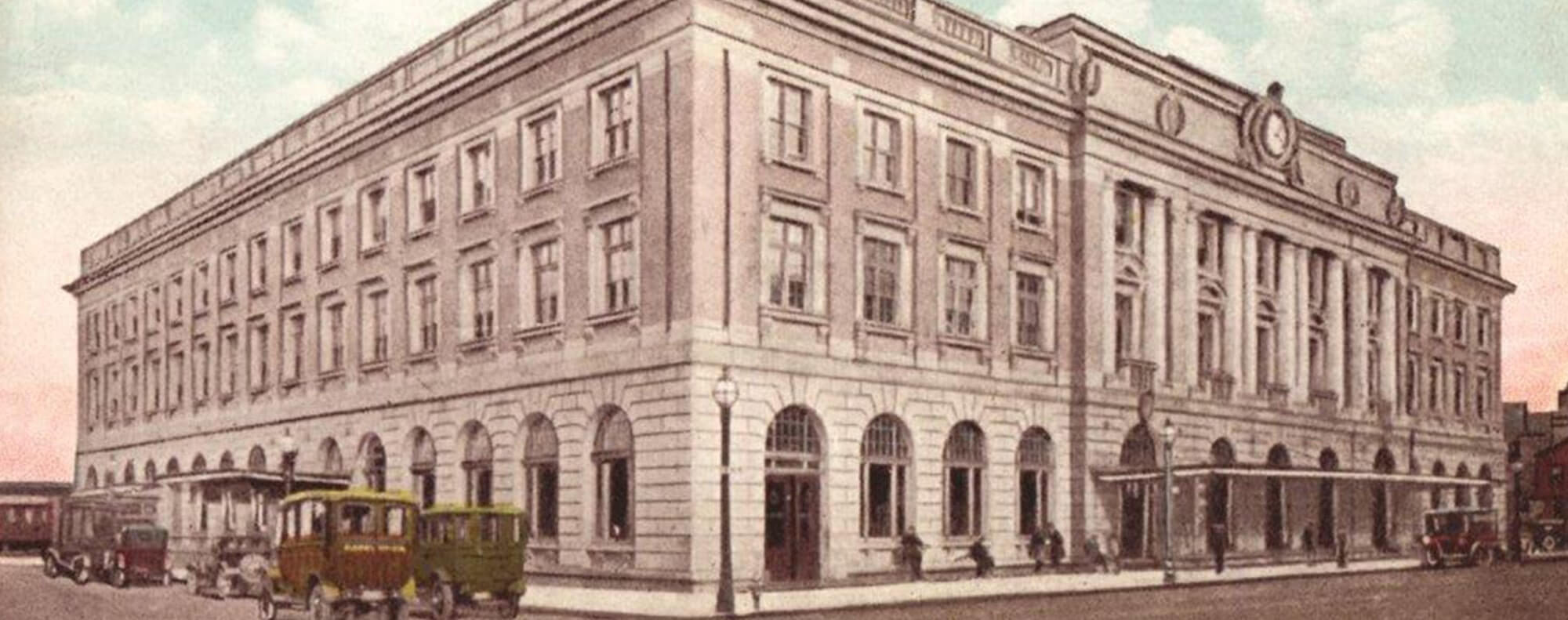
History

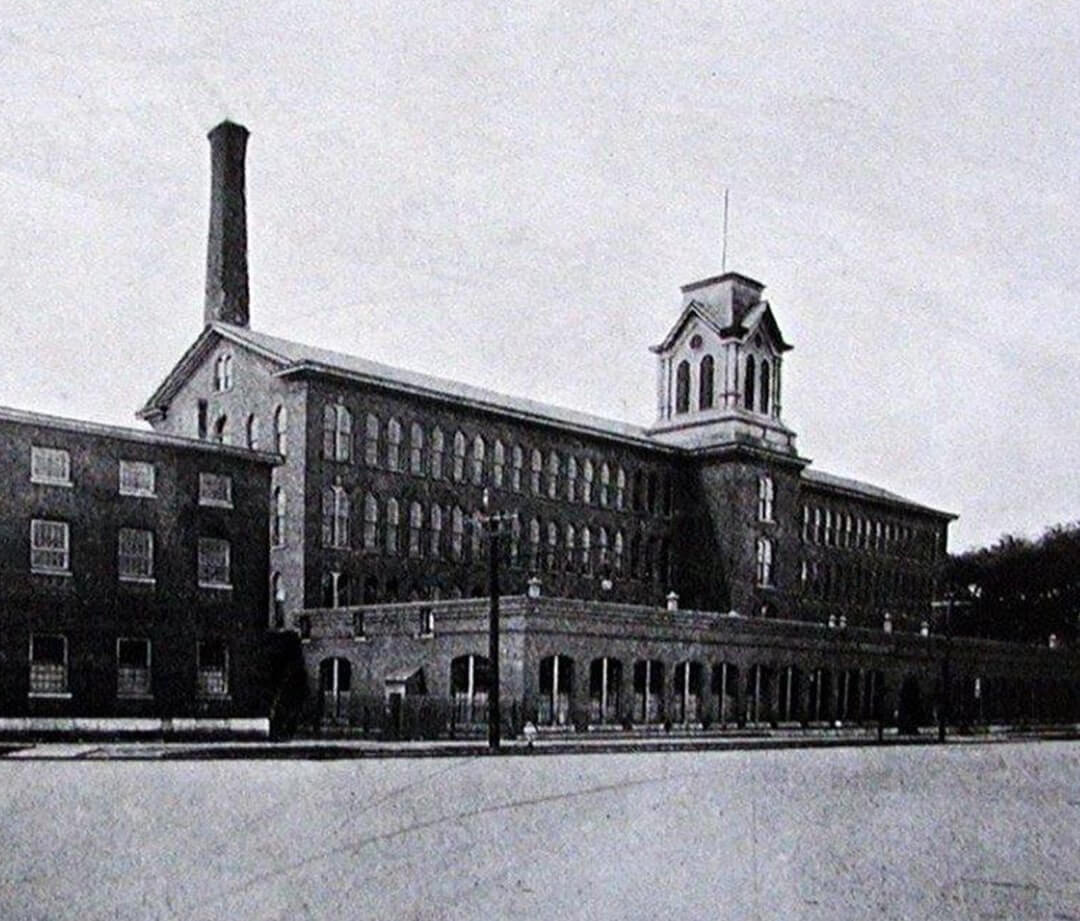
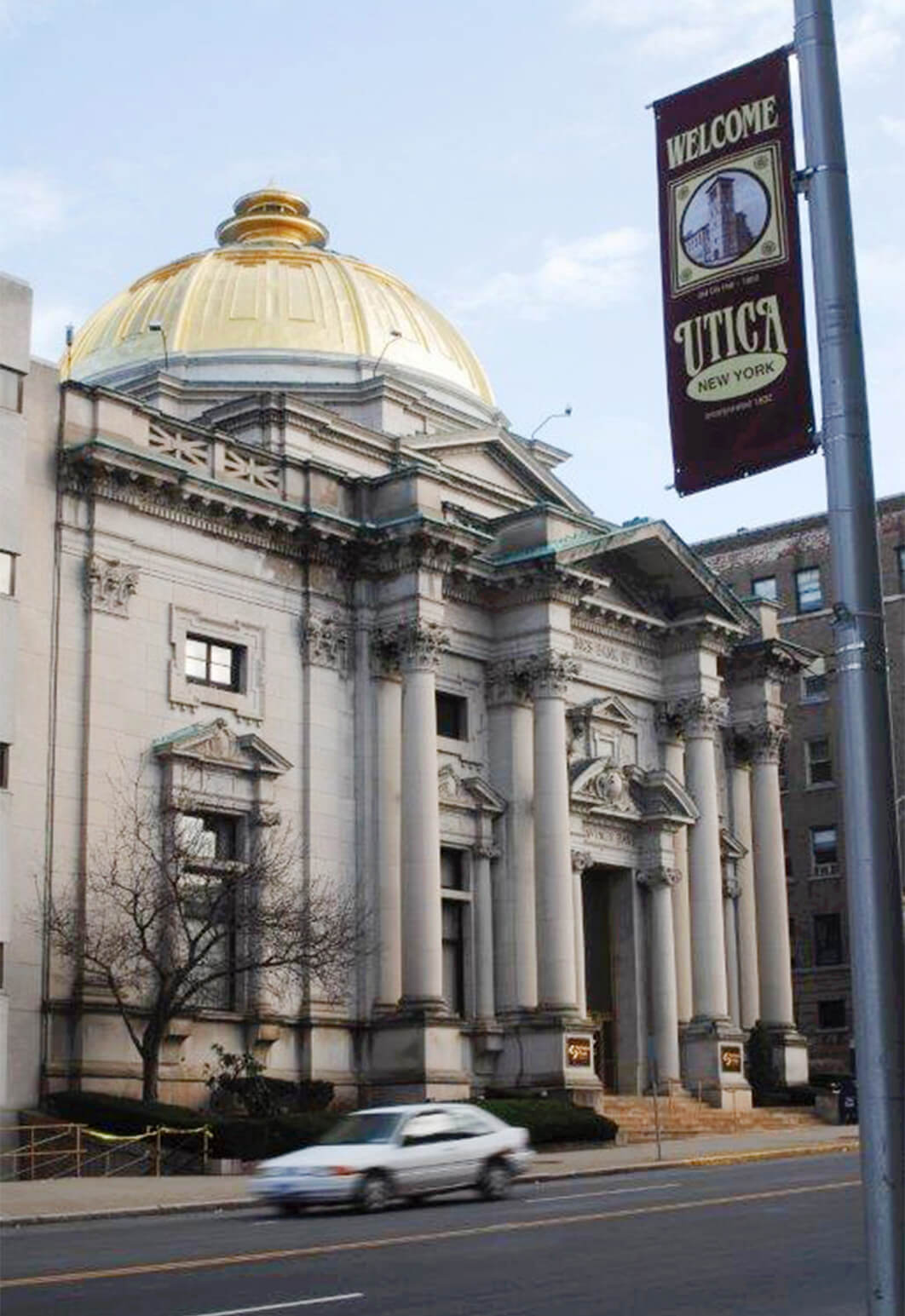
Oneida County is often referred to as “America’s County” owing to its many nationally significant connections to America’s history.
From the Great Pass of the 18th century to America’s Space Exploration of the 20th century to the military installation of the 21st century, Oneida County is home, or directly connected to much of America’s history.
From the first international trade during the 18th century through to the world trade of present-day, Oneida County has been at the forefront of America’s growth. The motivation for international interest in this region was its vital woodlands and various fur-bearing animals - as lumber and furs were a much-desired commodity in the marketplace in Europe during the 18th and 19th centuries.
A Brief History of Oneida County
Took over this area pushed out Algonquins*
The dutch were the first Europeans to settle after they sent a trading ship, led by Henry Hudson (Englishman).

“The Dutch West India Company” was established and granted a 24-year trading monopoly in all the lands claimed by the dutch. During this time Dutch ships regularly came up the Hudson River to collect furs.
The land was awarded to the Duke of York. Four warships arrived in New Amsterdam harbor and demanded that the Dutch surrender.
The British constructed two forts called Fort Bull (Rome) to protect Oneida Carrying Place.
Oneida Carry was the longest portage in New York, boats had to be dragged between Mohawk River and Wood Creek.
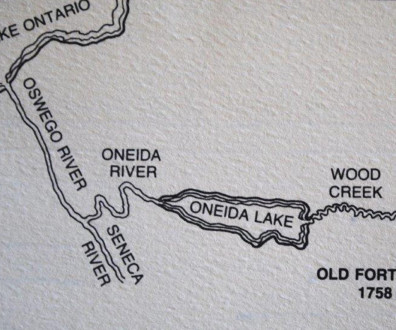
Also known as Seven Years’ War, the French and their Indian allies fought the English and their respective Indian allies over land and trading authority.
Constructed on the banks of the Mohawk River, just North-East of current day Union Station, Utica.
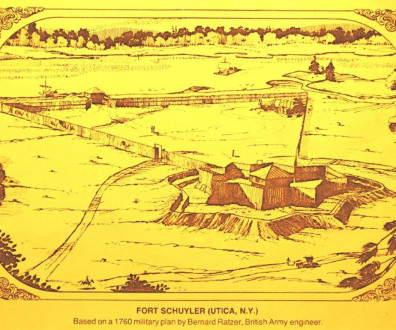
The construction of Fort Stanwix. First built to protect the original 13 Colonies.
The Treaty of Paris ended the Seven Years’ War with British victory.
Tension had built up between the British authorities and Colonists. The Colonists wanted freedom from the British.
Fort Stanwix was rebuilt by the Continental Army and renamed Fort Schuyler.
Today, it is still called Fort Stanwix (Rome) to remove confusion with Old Fort Schuyler (Utica.)
This was a significant turning point in the war. It is called one of the bloodiest battles of the “War of Independence.” General Nicholas Herkimer died in his home due to injuries in his leg from the Battle of Oriskany.
The French, also tired of the British holding control, formalized their alliance with the Colonists. This solidified the win for the Colonists.
Hugh White and his five sons moved from Middlton, Connecticut to acquire a patent and settle on land.
In 1788 White’s Town is established, with less than 200 white inhabitants.
The area is established as Oneida County.
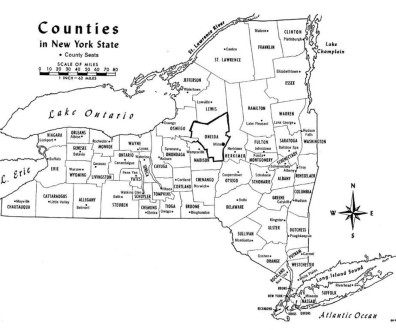
Originally chartered as Hamilton-Oneida Academy, it transforms after the passing of Samuel Kirkland. Hamilton becomes the third college established in New York State, now the oldest in the nation.
Construction of the Erie Canal begins (Rome.)
A national leader in the antislavery movement. Oneida was the first institute to allow black men to attend.
Inspired by this, there were 17 anti slave societies throughout Oneida county, as well as several underground railroad stations.
Utica becomes a city. The 6th in the state of New York.
Steam locomotives began running between Utica and Schenectady.
By the 1940s passenger travel switches mostly to railroads.
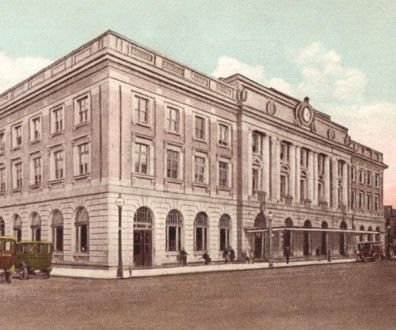
Created for mentally ill patients. It was the first in New York State and second in the Nation.
In the following year, Amariah Brigham, Superintendent of the asylum, published “Journal of Insanity.”
John Butterfield convinced Henry Wells and William Fargo to join together to create American Express Company (Baggs Square, Utica.)
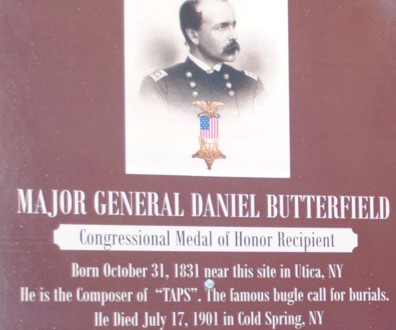
Affluent Utica residents, Theodore Faxton and John Butterfield helped to finance The New York Telegraph Company. It was one of the first telegraph companies in the world and it had direct ties through Utica.
Oneida County raised five infantry regiments of volunteers and supplied uniforms for men in the Union Army.
Rome is chartered as a city.
Francis Bellemy wrote the "Pledge of Allegiance" (Rome.)
The proctors enlist the Olmsted brothers to construct the 60 acres of park, it was completed in stages by 1919.
The construction of the Barge Canal, to make room for larger boat travel, makes Erie Canal outdated. By the 1920s it's decided the Erie Canal will be filled in.
The first brewery in the United States to get a license to sell beer after the prohibition was lifted (FX Matt Brewery.) They were able to stay open through the prohibition as they sold non-alcoholic soft drinks under the name “Utica Club.”
Awarded U.S Army/Navy “E” award for engineering excellence. Indium is a soft metal used during WWII to reduce wear in rotary aircraft engine parts.
Now Mohawk Valley Community College, it was the first community college in New York State.
Syracuse had to expand to Binghamton and Utica because of the inflow of post war applications.
During WWII, Rome was very active in its mission to repair, modify and maintain aircrafts. They also kept storage and shipments of supplies. At this time it was called “The Rome Air Depot" and there were no permanent stations.
The Griffiss Air Force Base Electronics Center was established. This was the reason for much of the radar and electronic instrument development seen in Central New York throughout the Cold War era.
Established by Earl C. Reed, who was looking for a way to give back to the community that had supported his family's business.
The affiliated farm team for the New Jersey Devils. The original Utica Devils were housed out of Utica until 1993.
The first team in New York State history to win a state championship both in the field and in the classroom for the highest team academic average in the state.
The second large scale music festival that attempted to emulate the first Woodstock. Located on the Rome base, it was not seen as a success.
Construction began for the Wynn Hospital in Downtown Utica, it is set to be completed in 2023.
AHL team for the New Jersey Devils returns as the "Utica Devils."





